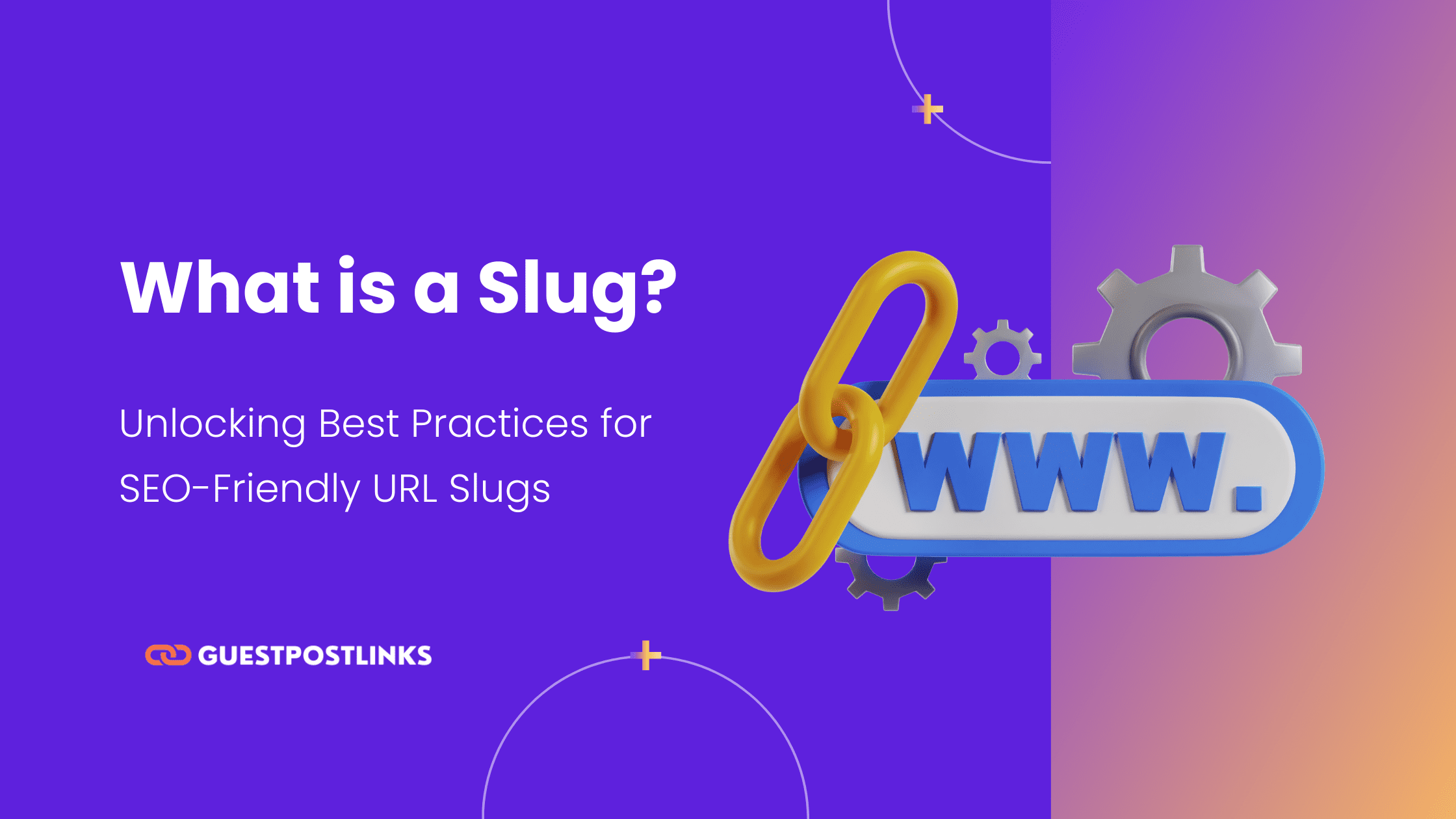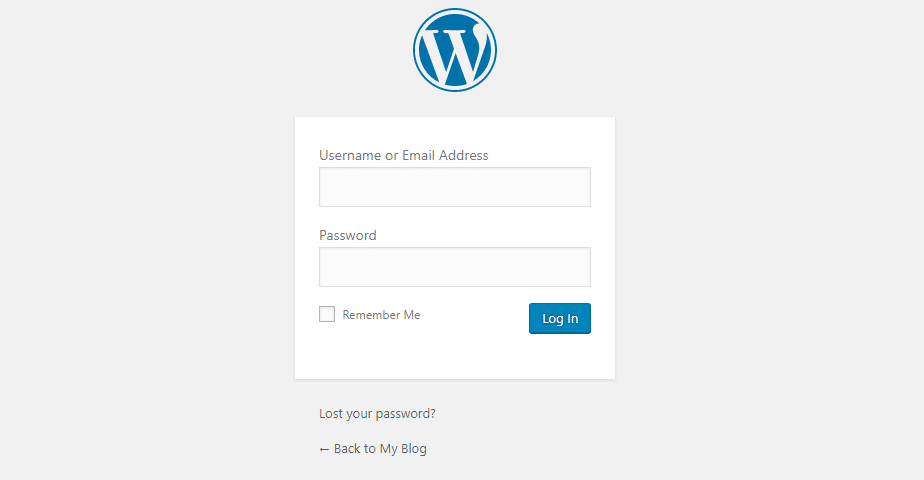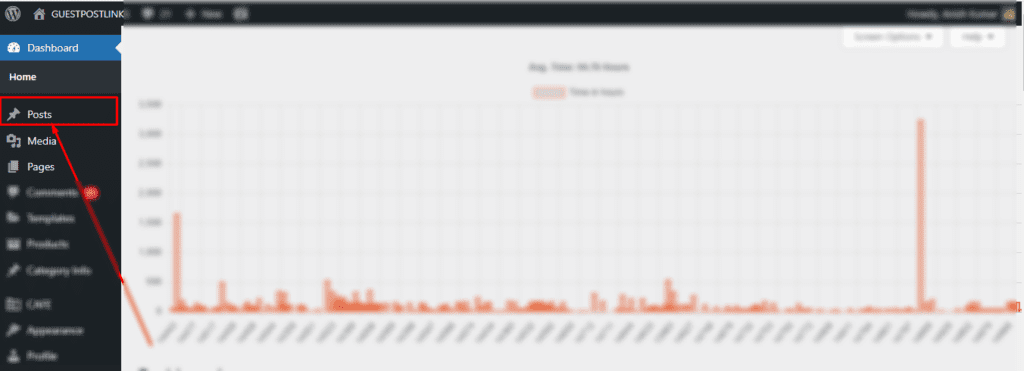What is a URL Slug? Unlocking Best Practices for SEO-Friendly URL Slugs

In the realm of Website with any platforms in SEO, the term “URL Slug” often enters the conversation, though we’re definitely not referring to the garden-dwelling critter with an appetite for plants.
So, what exactly does this curious ‘URL slug’ signify, and why is it deserving of your optimization efforts?
In the following discourse, we’re here to demystify the concept and provide you with a comprehensive understanding.
Ever been perplexed by the colored bullet denoting the ‘Keyphrase in URL slug’ assessment within Yoast SEO?
So, what exactly is a URL slug? In the context of a URL, a slug assumes the role of a unique identifier for a particular page.
Crafted to be intelligible by both search engines and users, it stands as a distinctive part of the web address that belongs exclusively to each page or post within a website’s domain.
Also let’s understand why website domain authority is important in SEO after changing any URL Slug.
- What is an SEO URL Slug?
- Why is a URL Slug Important for SEO Ranking?
- How to Create the Best URL Slugs for SEO
- How To Edit a URL Slug in WordPress?
- Step 1: Log into Your WordPress Dashboard
- Step 2: Navigate to the Edit Page or Post Screen
- Step 3: Click on the Permalink (URL) Section
- Step 4: Edit the URL Slug
- Step 5: Keep It Short and Descriptive
- Step 6: Avoid Changing URLs for Established Content
- Step 7: Click the “Save” or “Update” Button
- Step 8: Test the New URL
- Step 9: Update Internal Links (If Needed)
- Step 10: Clear Cache and Reindex (Optional)
- How to Optimize Your Slug in WordPress?
- Conclusion
What is an SEO URL Slug?
An SEO URL slug functions as a brief descriptive text that identifies a webpage, post, or category within a website. Unlike other metadata elements, the slug is an integral part of your website’s URL structure. Its precision is of utmost importance because major search engines like Google rely on it to comprehend and categorize your content accurately.
In essence, an SEO URL slug acts as a digital marker, succinctly encapsulating the essence of the content it represents. It resides within the URL slug and serves as a guidepost for both human users and search engine bots. By constructing a well-crafted slug, you facilitate easier navigation and enhance the discoverability of your content, amplifying its impact in the digital realm.
For example, the blog you’re reading now has a URL that looks like this:
https://guestpostlinks.net/what-is-a-url-slug/
The URL’s slug is “what-is-a-url-slug”.

Why is a URL Slug Important for SEO Ranking?
URL slugs might seem like a minor component of your website, but they play a significant role in your site’s search engine optimization (SEO) efforts.
These seemingly inconspicuous snippets of text carry more weight than you might realize.
Let’s dive into why URL slugs are vital for SEO:
Improved Readability and User Experience
A well-structured URL with a clear and concise slug enhances the readability of your links. Visitors to your site, as well as search engines, benefit from easily comprehensible URLs that offer a glimpse into the content’s topic.
User-friendly SEO URLs foster a positive user experience, potentially leading to higher click-through rates and lower bounce rates.
Keyword Relevance and Ranking
URL slugs provide an opportunity to include relevant keywords that reflect the content of the page or post. Search engines use these keywords to understand the topic of the page, and they can contribute to your page’s ranking for those specific keywords.
However, it’s important to strike a balance between optimization and maintaining a natural, user-friendly URL.
Search Engine Crawling and Indexing
Search engines rely on URL slugs to identify and categorize your content accurately. A well-structured slug aids in the crawling process, ensuring that search engine bots can easily navigate and index your pages.
This is especially important for new content that you want to be indexed and displayed in search results promptly.
Canonicalization and Duplicate Content
URL slugs also play a role in canonicalization, which is the process of identifying the preferred version of a URL when duplicate content exists.
A consistent and well-optimized URL structure can help search engines determine the canonical version of your content, avoiding potential issues related to duplicate content.
According to John Mueller, a renowned expert at Google, “URLs are visible to users, they can provide some context for the content, and they can help set expectations for users about the page they’ll land on.” He emphasizes that while keywords in the URL can be helpful, the overall user experience and readability of the URL are equally important.
Keywords in URLs are overrated for Google SEO. Make URLs for users. Also, on mobile you usually don't even see them.
— John has updated his unnamed profile name #stapler (@JohnMu) March 8, 2017
In addition to John Mueller’s insights, experts in the field emphasize the need to keep URL slugs concise, relevant, and descriptive.
The consensus is that while URL slugs aren’t the sole determinant of SEO success, they contribute to a holistic SEO strategy that enhances user experience and search engine visibility.
How to Create the Best URL Slugs for SEO
When it comes to optimizing your website for search engines and user experience, paying attention to URL slugs is essential.
These succinct snippets within your website’s URLs can significantly impact your site’s performance.
To ensure your URL slugs are both SEO-friendly and user-friendly, consider the following best practices to make your URL Slugs SEO friendly.
Avoid Special Characters
Steer clear of using special characters like @, #, $, %, etc., in your URL slugs. Stick to letters, numbers, and hyphens to create clean and readable URLs that are easily interpreted by both users and search engines.
For Example,
- Good URL: https://example.com/blog/seo-basics
Special characters like “@” or “#” should be avoided in URL slugs. In the good URL example, only letters, numbers, and hyphens are used, ensuring compatibility with different browsers and search engines.
- Bad URL: https://example.com/blog/seo@basics
In the bad URL example, the “@” symbol is used, which could lead to confusion and potential technical issues. Stick to URL-safe characters for a smoother user experience.
Use Lowercase Characters
Consistency is key. Use lowercase letters for all your URL slugs to prevent any potential issues arising from inconsistent letter casing, which can lead to duplicate content problems.
For Example,
- Good URL: https://example.com/product/red-widgets
Consistency matters. Using lowercase letters throughout the URL slug, as seen in the good URL, prevents problems related to inconsistent letter casing that might lead to duplicate content.
- Bad URL: https://example.com/Product/RedWidgets
In the bad URL, inconsistent casing is used, which could cause duplicate content concerns. Sticking to lowercase letters helps maintain uniformity.
Make It Future-Proof
Craft URL slugs that are both descriptive and evergreen. This ensures that even as time goes on and content evolves, your URLs remain relevant and continue to serve your audience effectively.
For Example,
- Good URL: https://example.com/news/healthy-lifestyle-tips
Crafting future-proof URLs involves using descriptive terms that remain relevant over time. The good URL example, “healthy-lifestyle-tips,” ensures lasting value.
- Bad URL: https://example.com/news/summer-2020-health-tips
The bad URL includes a specific date, which might become outdated after the year 2020. Aim for broader terms to maintain URL relevance.
Update Old URL Slugs
As your content evolves, occasionally revisit older slugs to ensure they still accurately reflect the content’s essence. If necessary, update slugs to maintain clarity and alignment with your current content.
For Example,
- Good URL: https://example.com/events/conference-2023
Regularly updating old URL slugs, like the good URL example “conference-2023,” keeps URLs accurate and aligned with the current content.
- Bad URL: https://example.com/events/conference-2019
The bad URL refers to an event from 2019, potentially causing confusion if the content is no longer relevant. Update URL slugs as content evolves.
Separate Words
Enhance readability by separating words in your URL slugs using hyphens. This practice ensures that both human users and search engines can easily decipher the meaning of your URLs.
For Example,
- Good URL: https://example.com/how-to-create-a-website
Using hyphens to separate words in a URL slug, as shown in the good URL, enhances readability for both users and search engines.
- Bad URL: https://example.com/howtocreateawebsite
In the bad URL, words are concatenated without separators, making it harder to discern individual terms. Hyphens improve clarity.
Use Hyphens, Not Underscores
Opt for hyphens to separate words within your URL slugs. Unlike underscores, hyphens are recognized as word separators by search engines, contributing to better visibility.
For Example,
- Good URL: https://example.com/category/online-marketing
Hyphens are recognized as word separators by search engines, making URLs, like the good example, easier to read and understand.
- Bad URL: https://example.com/category/online_marketing
Underscores in the bad URL are not recognized as word separators by default, potentially affecting search engine interpretation.
Be Descriptive
Aim for descriptive URL slugs that provide a glimpse into the content’s subject matter. Concise yet informative slugs can entice users to click while helping search engines understand the content.
For Example,
- Good URL: https://example.com/guide/healthy-diet-tips
Descriptive URL slugs, such as “healthy-diet-tips” in the good URL, provide insight into the content’s subject, aiding both users and search engines.
- Bad URL: https://example.com/guide/article123
The bad URL lacks descriptive elements, offering little information about the content. Aim for slugs that convey meaning.
Keep Your URL Slugs Short
Short and sweet is the way to go. Limit the length of your URL slugs to the most relevant and essential words. This promotes better user experience, especially on social media and in sharing links.
For Example,
- Good URL: https://example.com/blog/seo-tips
Short and concise slugs, like “seo-tips” in the good URL, are user-friendly and shareable, especially on social media platforms.
- Bad URL: https://example.com/blog/essential-seo-strategies-for-beginners
Lengthy slugs, as in the bad URL, can be cumbersome and less shareable, potentially impacting user experience.
How To Edit a URL Slug in WordPress?
Step 1: Log into Your WordPress Dashboard
Log in to your WordPress admin panel using your credentials.

Step 2: Navigate to the Edit Page or Post Screen
Select the page or post you want to edit the URL slug for from the list of pages or posts in your dashboard. If you’re creating a new post or page, you can directly access the edit screen.

Step 3: Click on the Permalink (URL) Section
In the top section of the edit screen, you’ll find the Permalink (URL) section. This is where you can edit the URL slug.
Step 4: Edit the URL Slug
In the Permalink (URL) section, you’ll see the current URL slug. Click on the “Edit” button next to it. You can now modify the slug to your desired text.
Step 5: Keep It Short and Descriptive
Edit the URL slug to be short, relevant, and descriptive of the content. Use hyphens to separate words for better readability.
Step 6: Avoid Changing URLs for Established Content
If the page or post has been live for a while and is indexed by search engines, be cautious when changing the URL slug. Consider setting up a redirect to prevent broken links and loss of traffic.
You can setup 301 Redirection with Yoast Plugin or you can add 301 redirection plugin as well and redirect to the new URL.
Step 7: Click the “Save” or “Update” Button
After editing the URL slug, make sure to save your changes by clicking the “Save” or “Update” button at the top or bottom of the edit screen.
Step 8: Test the New URL
Visit the page or post using the new URL to ensure everything is functioning as expected. Check for any broken links or issues.
Step 9: Update Internal Links (If Needed)
If you’ve changed the URL slug for a post that’s linked within your website, update those internal links to point to the new URL for consistency.
Step 10: Clear Cache and Reindex (Optional)
If you’re using caching plugins or SEO tools, consider clearing the cache and requesting a reindex of the updated page to ensure search engines reflect the changes.
Editing URL slugs in WordPress is a straightforward process that allows you to optimize your URLs for SEO and user-friendliness.
Remember to proceed with caution for established content to maintain your website’s integrity.
How to Optimize Your Slug in WordPress?
Optimizing your URL slugs in WordPress is a pivotal step toward enhancing your site’s search engine visibility.
Here’s a step-by-step guide to help you achieve optimal slug optimization:
Plan Your Keyword
Before crafting your slug, identify a primary keyword that accurately represents your content. This keyword should encapsulate the essence of what your page or post is about.
Keep It Descriptive
Construct a slug that provides a concise description of your content. Use words that are relevant and indicative of the topic, keeping in mind that it should be easily understandable to both humans and search engines.
Trim Unnecessary Words
Trim any unnecessary stop words or filler words from your slug. These words, like “and,” “the,” or “of,” add little value and can make your URL longer than necessary.
Use Hyphens for Separation
Separate words within your slug using hyphens. Hyphens are the preferred choice as they are recognized as word separators by search engines, promoting better readability.
Avoid Keyword Stuffing
While including your target keyword is important, avoid keyword stuffing in your slug. Focus on natural language and meaningful descriptions rather than forcing multiple keywords into the slug.
Keep It Short and Sweet
Aim for brevity. Shorter slugs are more memorable, shareable, and user-friendly. Strive to convey your content’s essence in as few words as possible.
Update Old Slugs (If Necessary)
For existing content, consider revisiting old slugs and optimizing them based on these guidelines. This can help align your URLs with your evolving content strategy.
Use a Plugin (Optional)
Consider using a plugin like Yoast SEO or Rank Math, which offer slug optimization features. These plugins can provide real-time analysis and suggestions to improve your slug’s SEO-friendliness.
Test the URL
Before finalizing your slug, enter it into your browser and check if it accurately reflects your content. Ensure it’s intuitive and coherent for users.
Update Internal Links (If Needed)
If you’ve updated a slug for a piece of content that’s linked within your website, make sure to update those internal links to reflect the new URL.
Optimizing your slug isn’t just about appeasing search engines; it’s about creating URLs that resonate with users while providing valuable context to search engines.
Conclusion
In conclusion, crafting SEO-friendly URL slugs is a pivotal component of effective digital presence. By following best practices like avoiding special characters, using descriptive terms, and maintaining consistency, you create pathways that benefit both users and search engines. Remember, user experience and clarity remain paramount.






